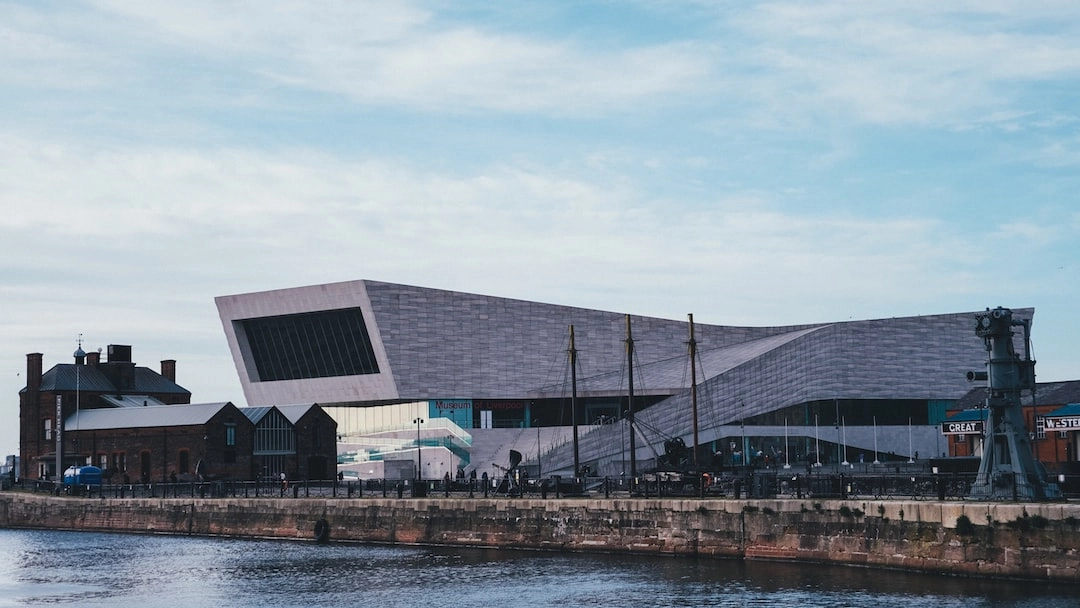
What it is:
Eco-conscious museums and exhibitions are innovative spaces that prioritize sustainability and environmental responsibility. These are institutions that aim to minimize their ecological footprint while promoting awareness and education on environmental issues. They are designed to inspire visitors, encourage behavior change, and showcase sustainable practices through their exhibits, operations, and outreach efforts.
Real-world problems:
While eco-conscious museums and exhibitions are making significant strides towards sustainability, they still face some challenges in their pursuit of a greener future. Here are a few of the real-world problems associated with these initiatives:
1. Resource Consumption:
Museums and exhibitions often require a significant amount of resources, including energy, water, and materials. The challenge lies in finding sustainable alternatives and adopting eco-friendly practices to reduce resource consumption during construction, operation, and maintenance.
2. Waste Generation and Management:
Museums and exhibitions produce a considerable amount of waste, including packaging materials, exhibition components, and food waste. Implementing effective waste management systems, such as recycling and composting, can help minimize waste and divert materials from landfills.
3. Transportation and Accessibility:
The location and accessibility of museums and exhibitions can impact their environmental impact. If the venue is located in a remote area or lacks sustainable transportation options, visitors may be more likely to rely on private vehicles, contributing to carbon emissions. Ensuring easy access via public transportation and providing alternative transportation options can mitigate this issue.
4. Sustainable Exhibition Design:
Creating eco-conscious exhibitions requires careful consideration of materials, lighting, and technology. Sustainable design practices, such as using recycled or upcycled materials, energy-efficient lighting, and interactive digital displays, can help reduce the environmental impact of exhibitions.
5. Balancing Conservation and Visitor Experience:
Museums and exhibitions often strike a balance between preserving artifacts and providing an engaging visitor experience. This can pose challenges in terms of sustainable preservation methods, such as climate control systems, which consume energy. Finding innovative solutions that minimize environmental impact while maintaining the quality of exhibits is essential.

Solutions for Eco-Conscious Museums and Exhibitions:
Addressing the real-world problems associated with eco-conscious museums and exhibitions requires proactive measures and innovative solutions. Here are some potential approaches to overcome these challenges and promote sustainability within these institutions:
1. Adopting Renewable Energy Sources:
Incorporating renewable energy sources, such as solar panels or wind turbines, can help museums and exhibitions reduce their dependence on fossil fuels and decrease greenhouse gas emissions. By generating clean energy on-site, these institutions can significantly contribute to a sustainable future.
2. Implementing Sustainable Waste Management Practices:
Managing waste effectively is crucial for eco-conscious museums and exhibitions. By implementing recycling programs, composting organic waste, and reducing packaging materials, these institutions can minimize waste generation and promote circular economy principles.
3. Encouraging Sustainable Transportation Options:
To mitigate the environmental impact of transportation, eco-conscious museums and exhibitions can encourage visitors to use public transportation, bicycles, or carpooling. Providing incentives, such as discounted tickets or designated bike parking, can further promote sustainable traveling alternatives.
4. Embracing Sustainable Materials and Design:
By utilizing sustainable materials and innovative design techniques, museums and exhibitions can reduce their ecological footprint. Incorporating recycled or upcycled materials in exhibit construction, integrating energy-efficient lighting systems, and embracing digital technology for interactive displays are all ways to promote sustainable design practices.
5. Balancing Conservation and Efficiency:
To strike a balance between conservation and visitor experience, eco-conscious museums and exhibitions can employ advanced climate control systems that maximize energy efficiency. By implementing smart technologies and utilizing environmental monitoring systems, these institutions can create optimal conditions for artifact preservation while minimizing energy consumption.
By implementing these solutions, eco-conscious museums and exhibitions can fulfill their mission of promoting sustainability, educating the public, and inspiring positive environmental change. Through a combination of strategic planning, innovation, and community involvement, these institutions can lead the way in creating a greener, more sustainable future.















